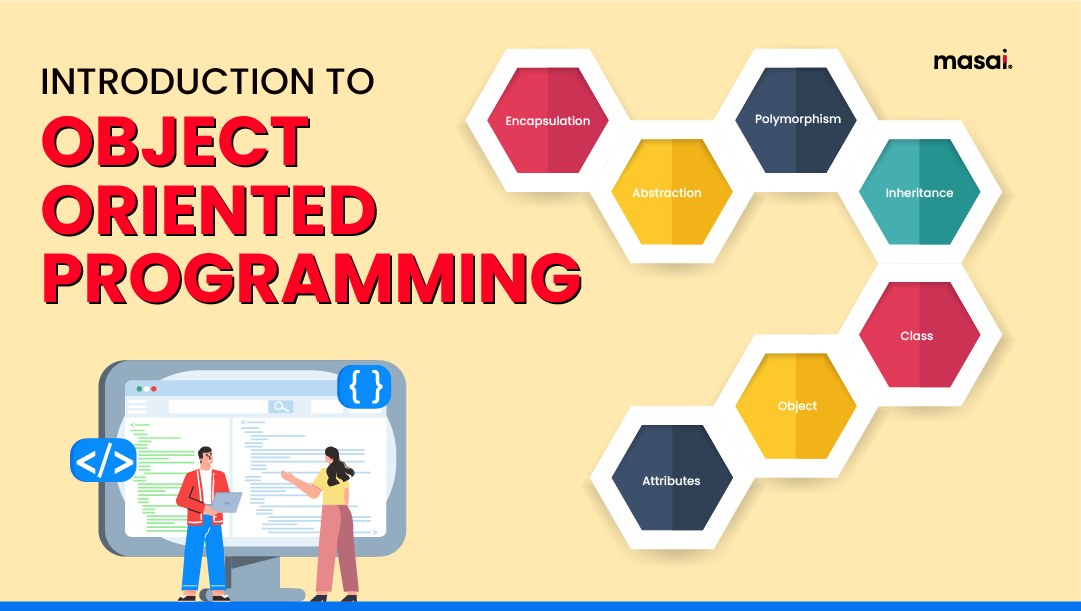Object Oriented Programming

Object-Oriented Programming (OOP) is a programming paradigm that organizes code into reusable and modular structures known as objects. In OOP, the focus is on designing and modeling the application based on real-world entities, and the fundamental building blocks are objects.
Here are key concepts in Object-Oriented Programming:
Objects:
BankAccount object might have attributes like balance and account number, and methods like deposit and withdraw.Classes:
BankAccount class would specify the attributes and methods that all bank accounts share.Encapsulation:
Inheritance:
Polymorphism:
Abstraction:
Object-Oriented Programming provides several benefits, including:
Modularity: Code is organized into self-contained objects, making it easier to understand, maintain, and update.
Reuse: Objects and classes can be reused in different parts of an application or in different projects.
Flexibility: OOP promotes the design of flexible and extensible systems through concepts like inheritance and polymorphism.
Improved Collaboration: OOP supports a modular and organized approach to development, making it easier for multiple developers to work collaboratively on a project.
Languages that support Object-Oriented Programming include Java, C++, Python, Ruby, and many more. OOP is a widely used paradigm in software development and is essential for building scalable, maintainable, and robust applications.
Thank you.